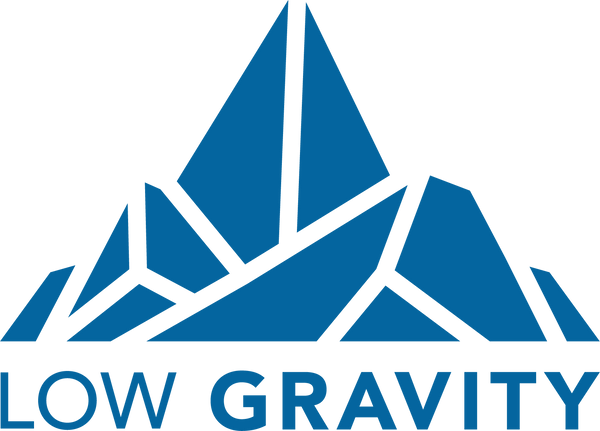Introduction
Cannabinoids are naturally oil-based molecules, which means they don’t dissolve in water — a challenge for beverage and cosmetic formulators.
To create stable, clear, and bioavailable products, manufacturers rely on emulsification science to make cannabinoids compatible with aqueous systems.
🧪 What Is an Emulsion?
An emulsion is a mixture of two normally immiscible liquids — oil and water — stabilized by an emulsifier that prevents separation.
In hemp formulations, emulsions make distillates or isolates dispersible in beverages, gels, or lotions.
⚙️ Common Emulsifiers
| Type | Example | Best Use |
|---|---|---|
| Natural | Sunflower lecithin, gum arabic | Edibles & nutraceuticals |
| Synthetic | Polysorbate 80, PEG derivatives | Beverages & cosmetics |
| Advanced | Nanoemulsion pre-blends | Clear liquids & fast-onset products |
Nanoemulsions reduce droplet size to 20–200 nanometers, enhancing stability and absorption.
🧩 Key Factors for Success
- Maintain pH between 6–8 for cannabinoid stability.
- Control droplet size (<200 nm for clarity).
- Use high-shear mixing or ultrasonic homogenization.
- Add emulsifiers before heating cannabinoids.
Learn more about delivery systems in our blog: Maximizing Bioavailability: Delivery Systems That Actually Work.
✅ Summary
Emulsification transforms traditional hemp extracts into versatile, water-compatible systems — unlocking new product categories like beverages, serums, and functional drinks.
Partner with Low Gravity Hemp for nano-compatible isolates and distillates engineered for consistency.





